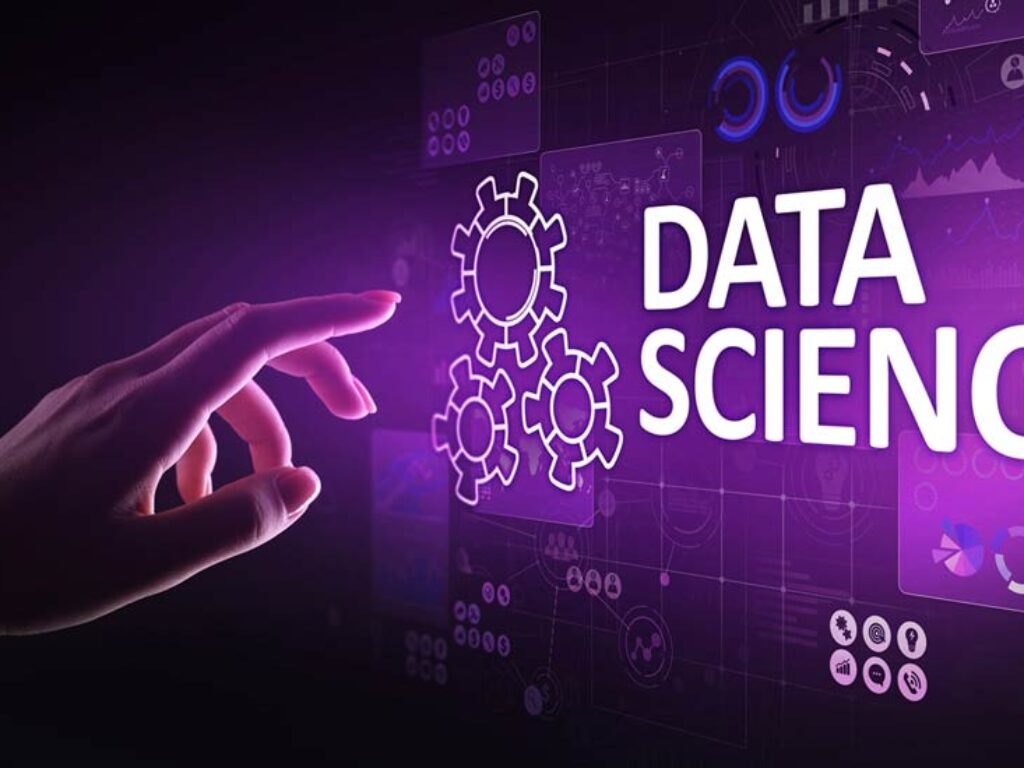In this contributed article, Jason Feist, Seagate’s Senior Vice President of Products and Markets, believes that amidst the data center boom and growth of AI, data storage is more important than ever, and it’s high time we revisit the HDD vs. SSD debate. While flash offers latency advantages and prices dropped temporarily, SSDs haven’t – and
never will – replace HDDs,
In the Era of Cloud and AI, Hard Drives are More Critical than Ever Before
AI+BI: Bridging Cognitive and Usability Gaps in Business Intelligence
In this contributed article, Saurabh Abhyankar, EVP and Chief Product Officer, MicroStrategy, explains the synergy between the two technologies and how they come together to revolutionize how we understand data, make decisions, and envision the future of business.
From ER Diagrams to AI-Driven Solutions
In this contributed article, Ovais Naseem from Astera, takes a look at how the journey of data modeling tools from basic ER diagrams to sophisticated AI-driven solutions showcases the continuous evolution of technology to meet the growing demands of data management. Understanding how data modeling tools have changed over time gives us important insights into why organizing and analyzing data well is so important.
How Can Data Science Accelerate Drug Discovery Processes?
In this contributed article, April Miller, senior IT and cybersecurity writer for ReHack Magazine, describes how thoughtfully applied data science principles and tools empower modern researchers to find new, viable treatment methods for various diseases and ailments. Humans will always be essential to drug discoveries, but the fascinating examples here and elsewhere show the power of using purposeful data analytics to meet shared goals.
The Democratization of AI: 3 Dangers Business Leaders Must Confront
In this contributed article, Simone Bohnenberger-Rich, PhD, Chief Product Officer at Phrase, explores the dangers and challenges posed to business leaders as gen AI companies like ChatGPT open up their tools for deeper integration into organizations.
Protecting your Organization’s IP in the Era of Generative AI
In this contributed article, Alexis Liu, Head of Legal at Weights & Biases, discusses how intellectual property (IP) protection is a difficult area to navigate in the age of generative AI (GenAI). This article explores the law as it stands today, ways to protect GenAI work from an IP perspective, and what work you should avoid using GenAI on in the first place.
From the Office to the Shop Floor – the Impact of AI-powered Technologies in the Supply Chain Industry
In this contributed article, Andrei Danescu, Co-Founder & CEO of robotics and data intelligence company, Dexory, suggests that it is no surprise that AI has found its place in various industries from finance and healthcare related industries, all the way to manufacturing and supply chains. Its seamless integration with existing technologies is driving the widespread adoption we are witnessing today.
AI Turns The Digital Evolution of the Airline Industry Into a Revolution
In this contributed article, Rick Seaney, Vice President of Innovation at 3Victors, wrote this piece to bring awareness to the incredible things that airline customers will experience in only a few years thanks to AI. He explains the importance of the industry to build the data and cloud foundation that is necessary to get us there.
From super-realistic AI generative videos of their destination to robots helping passengers with baggage to new ways to buy tickets – AI will change flying as we know it, and an investment in robust architecture is the approach that will support it.
Pandora’s Box or Lockbox? The Top 3 Barriers to Implementing Generative AI
In this contributed article, Shayde Christian, Chief Data & Analytics Officer at Cloudera, discusses issues surrounding the barriers organizations face when it comes to implementing GenAI and how to navigate them.
Are Commercial Providers Really the Villains in the Open Source World? 5 Myths Debunked
In this contributed article, Eero Teerikorpi, founder, CEO and chairman of the board of Continuent, discusses how numerous misconceptions exist about the interaction between commercial entities and the open source community; many often inaccurately assume that commercial providers stifle innovation, solely exploit open source without contributing, and cause a loss of control over projects. This article addresses these myths and emphasizes the importance, value and significance of adopting a more balanced perspective in which commercial and open source interests coexist to drive innovation and sustainability in software development.












